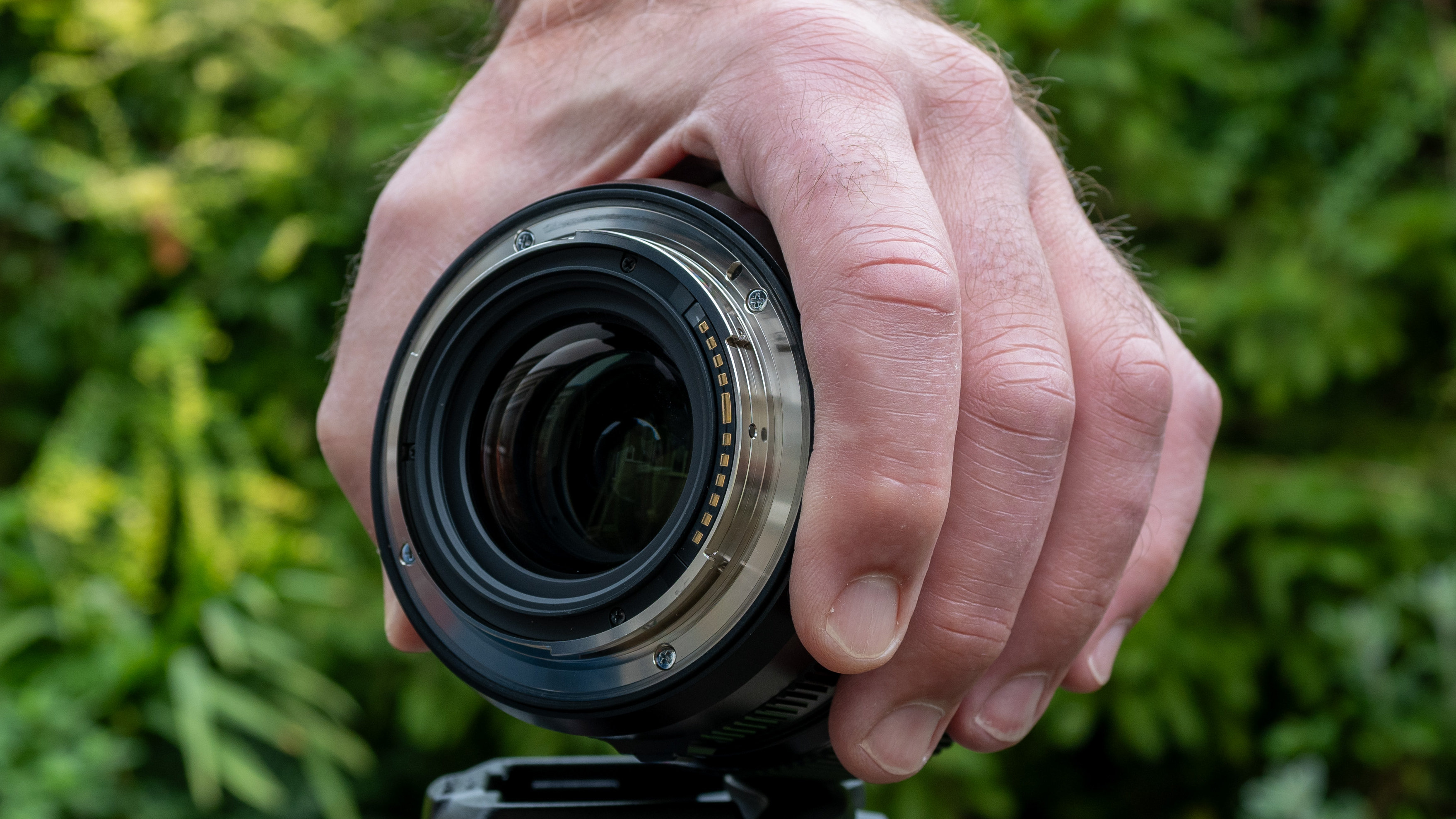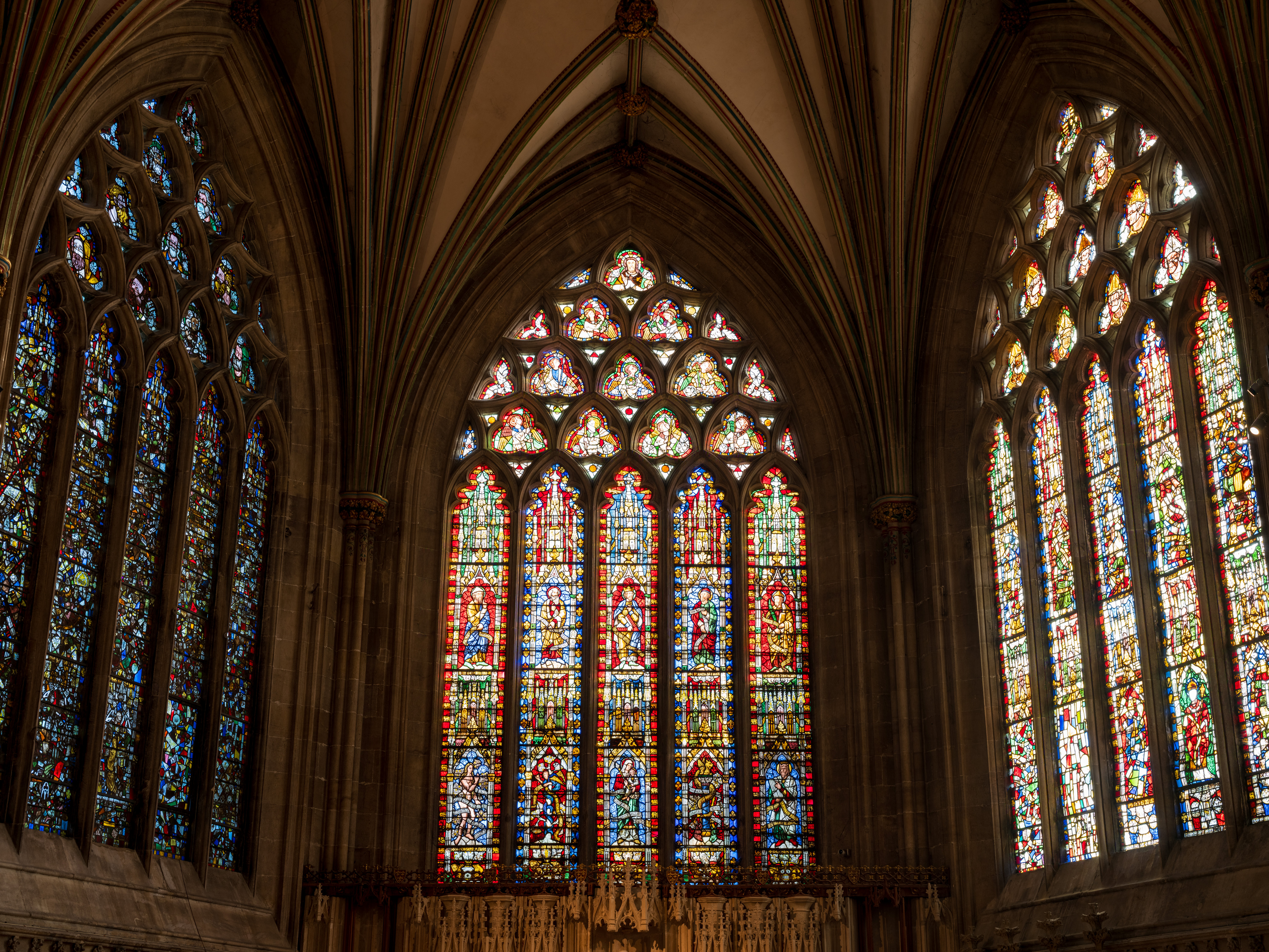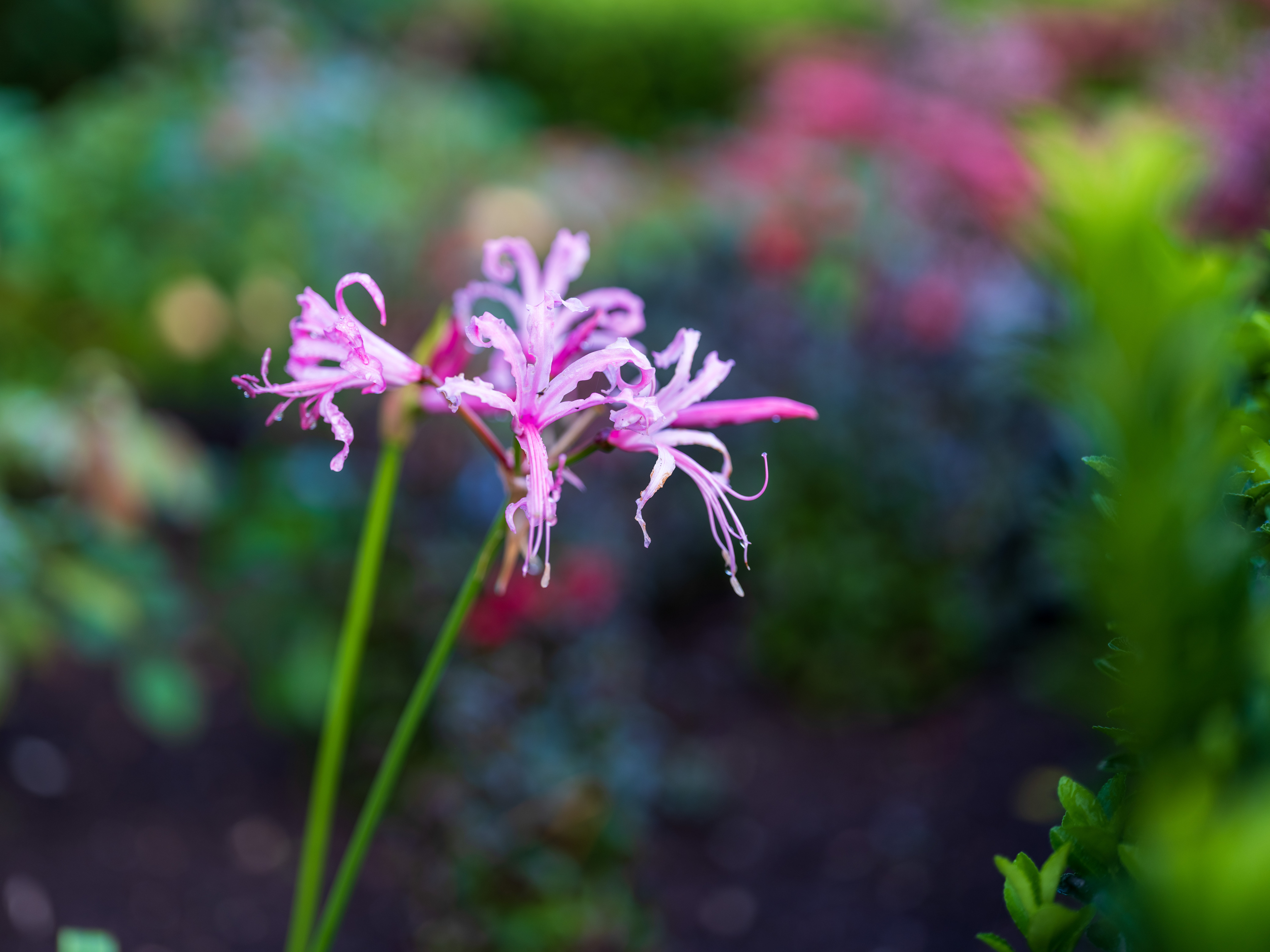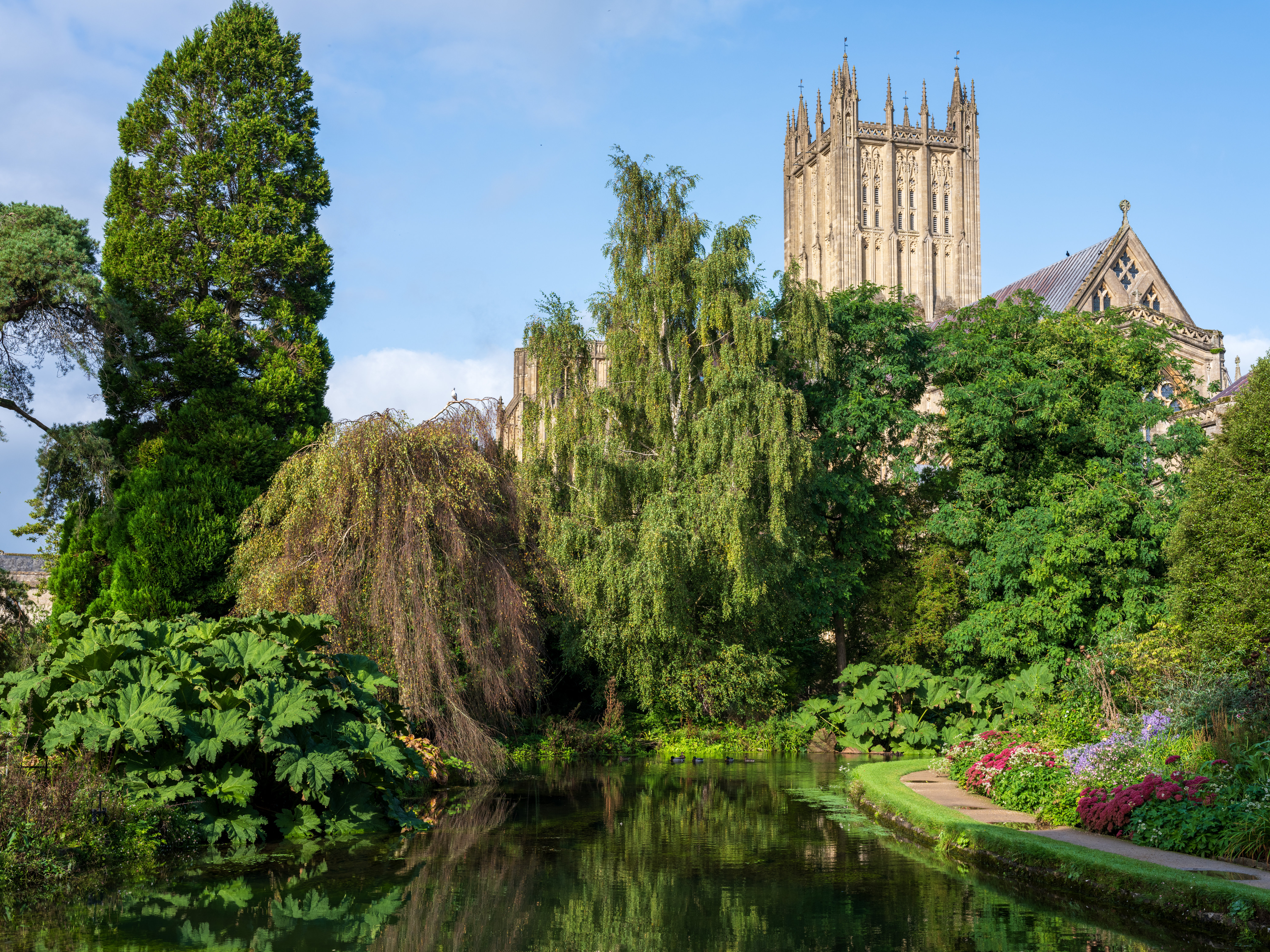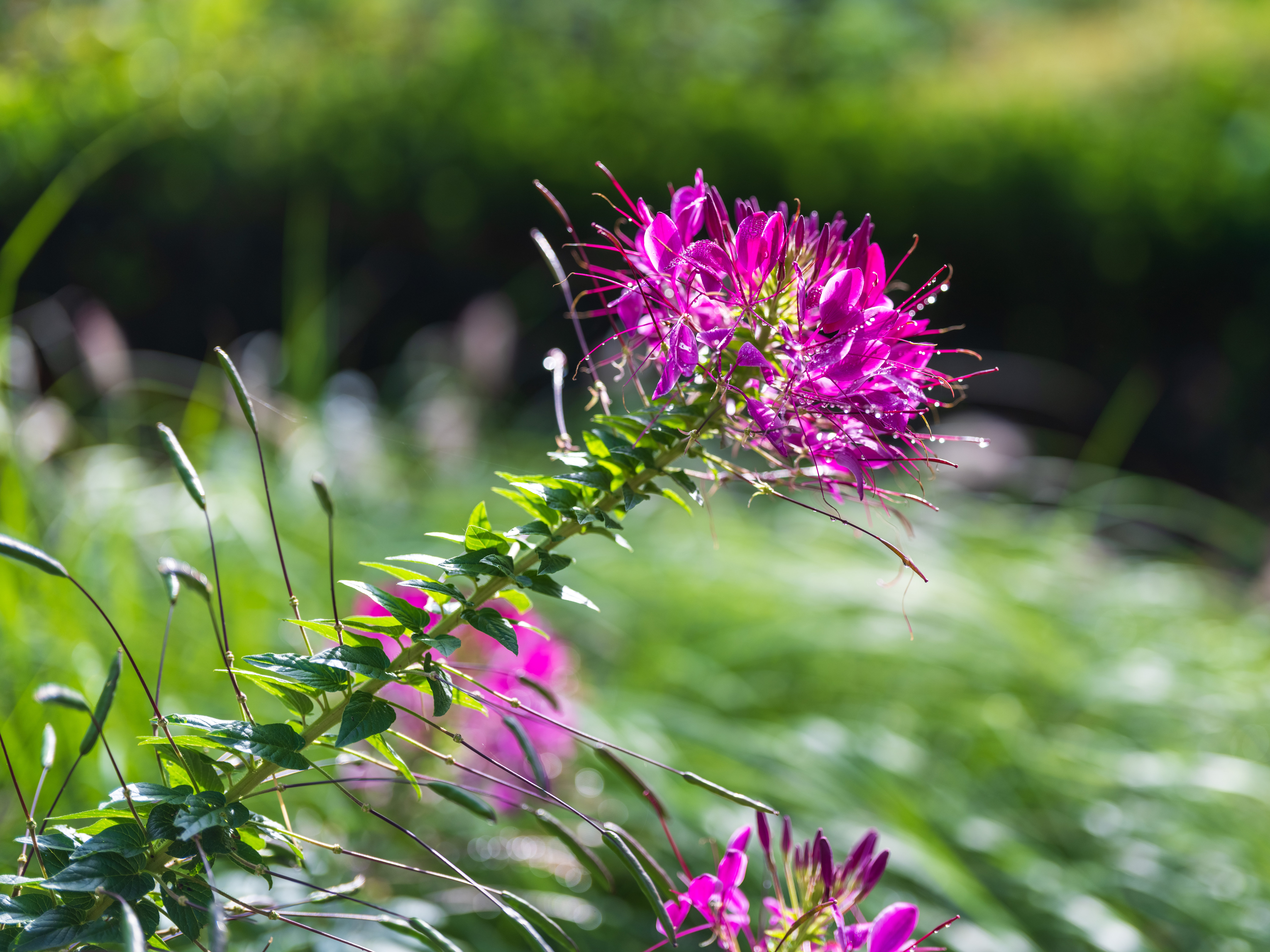Digital Camera World Verdict
A fabulous lens that’s genuinely ‘prime’ in all respects, the GF 55mm gives a very natural viewing perspective on Fujifilm’s GFX series of medium format cameras, with image quality to die for. There’s spectacular sharpness right out to the extreme edges and corners of the frame, when you want it, and superlatively smooth, dreamy bokeh when you don’t. Epic build quality makes it a lens for all seasons, versatility makes it a lens for all reasons, and its size and weight make it easily manageable wherever your photographic journey takes you. Enjoy!
Pros
- +
Versatile, natural viewing angle
- +
Razor-sharp, super-smooth
- +
High-end handling
Cons
- -
No de-click switch for the aperture ring
- -
Modest 0.17x maximum magnification
- -
Justifiably expensive to buy
Why you can trust Digital Camera World
The new Fujinon GF 55mm F1.7 R WR is one of the joint fastest prime lenses in Fujifilm’s range for its GFX system cameras, the other being the GF 80mm F1.7 R WR. An f/1.7 aperture might not sound like much to write home about, at least for full-frame photographers, where f/1.4 or even f/1.2 is more the norm for a really ‘fast prime’. But let’s not forget we’re in medium format territory here.
Just as you don’t need such a wide aperture for gaining a really tight depth of field with a full-frame camera compared with a crop-sensor camera, the goal posts are moved again when you upscale to a much larger medium format sensor. As such, the GF 55mm gives an entirely natural perspective, with an angle of view of 52.9 degrees (similar to using a 44mm lens on a full-frame camera), along with huge potential to isolate subjects by blurring relatively near and far areas in a scene, at its f/1.7 aperture.
Specifications
| Mount: | Fujifilm G |
| Autofocus: | Yes |
| Stabilization: | No |
| Lens construction: | 14 elements in 10 groups |
| Angle of view: | 52.9 degrees |
| Diaphragm blades: | 11 |
| Minimum aperture: | f/22 |
| Minimum focusing distance: | 0.5m |
| Maximum magnification ratio: | 0.17x |
| Filter size: | 77mm |
| Dimensions: | 94.7x99.3mm |
| Weight: | 780g |
Key features
Billed as being ideal for street photography, portraiture, landscapes and travel, this medium format lens gives you a similar perspective to using a 44mm lens on a full-frame camera. Naturally, you’d be hard pressed to actually find a 44mm prime for full-frame cameras, and the Fujinon falls between popular 35mm and 50mm effective focal lengths. The word ‘compromise’ springs to mind but, in practice, there’s no hint of compromise with this lens. The focal length simply works, and it works to great effect enabling superb versatility. After no time at all, we came to love the way the perspective just felt ‘right’, when shooting all sorts of subjects, replicating what we see in real life with the human eye.
As it turns out, the f/1.7 aperture is more than capable of delivering a really tight depth of field and the optical design of this lens aims for a combination of surgical scalpel-like sharpness with ultra-smooth bokeh. Indeed, it’s the first Fujinon GF lens to feature an 11-blade aperture diaphragm, which remains extremely well-rounded when stopping down as far as f/4 to f/5.6.
To optimize image quality and minimize unwanted aberrations, the optical line-up features two aspherical elements and two ED (Extra-low Dispersion) elements, with a total of 14 elements in 10 groups altogether. The autofocus group is shifted by a DC motor that’s advertised as vibration-free, fast and near-silent.
As with other Fujinon R lenses, this one features a physical aperture control ring. It operates in the usual one-third f/stop click steps and, also as usual for GF lenses, doesn’t have a video-friendly de-click option. You could argue that the Four-Thirds aspect ratio of medium format cameras is less than ideal for shooting video anyway but, then again, the GFX100 II is certainly a very capable hybrid camera, offering 4K/60p and 8K/30p with 4:2:2 10-bit in-camera recording.
Build and handling
The build quality of this lens is easily of a standard demanded by the most discerning professional photographers. And naturally, pro photographers often need to keep shooting whatever the weather, when on assignment. As such, the construction features extensive weather-seals and is designed to keep working sub-freezing temperatures.
The best camera deals, reviews, product advice, and unmissable photography news, direct to your inbox!
Due to medium format lenses needing to produce a much larger image circle than those designed for full-frame cameras, they’re often relatively big and hefty. The GF 55mm is certainly larger than many 35mm and 50mm f/1.8 full-frame lenses, but it’s still reasonably compact and lightweight for its type. It has dimensions of 94.7x99.3mm (3.9 inches long) and weighs in at 780g (27.5 ounces), so it’s entirely manageable and easy to live with, even if you’re shooting handheld for hours on end. And speaking of shooting handheld, it’s naturally able to take advantage of the excellent in-body image stabilization featured in most current and recent Fujifilm GFX series cameras.
Focusing is fully internal, so the front element neither extends nor rotates, which is a bonus when using circular polarizer, ND Grad and other rotation-specific filters. The focus control ring works smoothly and precisely, enabling very fine manual adjustments, which can be quite critical given the very tight depths of field that the lens can deliver.
Included with the lens is a petal-shaped hood, which locks in place and has a lock-release button. All in all, build quality and handling are everything you could hope for in a premium prime lens.
Performance
We tested the lens with a Fujifilm GFX100 II, the 102 megapixel sensor of which can highlight any potential flaw in a lens’s performance and image quality. True to its claims, the autofocus system delivered unerringly accurate results throughout our testing, even when shooting close-ups at f/1.7, resulting in a very tight depth of field and demanding ultra-precise focusing.
Levels of sharpness across almost the whole image frame are simply incredible, even when shooting wide-open at f/1.7. Right out at the edges and corners, sharpness is still better than we’ve seen from many lenses in the central region of the frame. Suffice it to say that the GF 55mm is more than capable of capturing the very finest levels of detail and texture, along with gorgeous color quality and superb clarity.
Naturally, sharpness is only half the story with a lens of this type. Creative photographers are often more concerned about the quality of bokeh. Again, the lens wins out here, giving a supremely soft and dreamy look to defocused areas, along with a very natural roll-off between focused and defocused elements.
There’s virtually no axial/longitudinal chromatic aberration, which can be prevalent with fast lenses and shows up as color fringing around high-contrast edges in scenes, just in front of or behind the plane of focus. Lateral chromatic aberration is similarly negligible, even at the extreme edges and corners of the frame. There’s a slight touch of barrel distortion but it’ll generally go unnoticed and is easily cancelled out with the option of automatic correction.
In a nutshell, this fast prime for medium format Fujifilm cameras is refreshing compact yet punches well above its weight in terms of performance.
Sample images
Lab results
We run a range of lab tests under controlled conditions, using the Imatest Master testing suite. Photos of test charts are taken across the range of apertures and zooms (where available), then analyzed for sharpness, distortion and chromatic aberrations.
We use Imatest SFR (spatial frequency response) charts and analysis software to plot lens resolution at the center of the image frame, corners and mid-point distances, across the range of aperture settings and, with zoom lenses, at four different focal lengths. The tests also measure distortion and color fringing (chromatic aberration).
Sharpness:
Sharpness across almost the whole image frame is absolutely epic, even at f/1.7. Edge/corner-sharpness is still extremely good at wide apertures and becomes outstanding at f/4 and narrower apertures. For all-round sharpness, the lens more than caters to demands of Fujifilm’s 102 megapixel GFX series camera bodies.
Fringing:
Both axial/longitudinal and lateral chromatic aberrations are very negligible. That holds true throughout the entire aperture range, from f/1.7 to f/22.
Distortion: -1.6
There’s a hint of barrel distortion but, in the vast majority of real-world shooting scenarios, you’re unlike to spot it. Automatic correction is available for critical applications, if required.
Verdict
A fabulous lens that’s genuinely ‘prime’ in all respects, the GF 55mm gives a very natural viewing perspective on Fujifilm’s GFX series of medium format cameras, with image quality to die for. There’s spectacular sharpness right out to the extreme edges and corners of the frame, when you want it, and superlatively smooth, dreamy bokeh when you don’t. Epic build quality makes it a lens for all seasons, versatility makes it a lens for all reasons, and its size and weight make it easily manageable wherever your photographic journey takes you. Enjoy!
Read more: find out more with our top picks for the best Fujifilm GF lenses.
Matthew Richards is a photographer and journalist who has spent years using and reviewing all manner of photo gear. He is Digital Camera World's principal lens reviewer – and has tested more primes and zooms than most people have had hot dinners!
His expertise with equipment doesn’t end there, though. He is also an encyclopedia when it comes to all manner of cameras, camera holsters and bags, flashguns, tripods and heads, printers, papers and inks, and just about anything imaging-related.
In an earlier life he was a broadcast engineer at the BBC, as well as a former editor of PC Guide.





